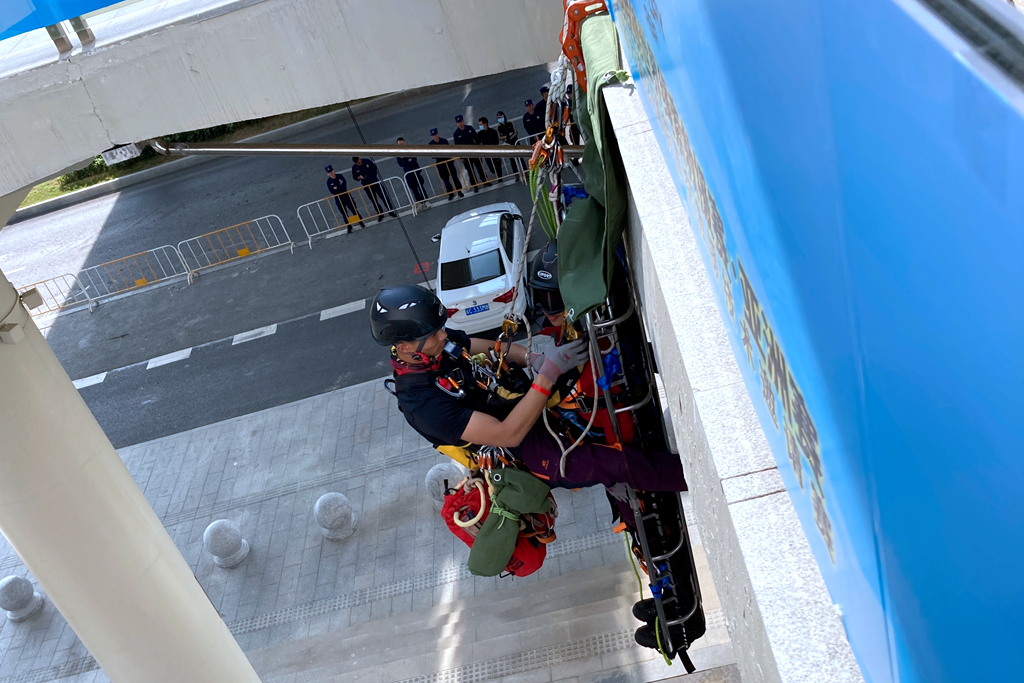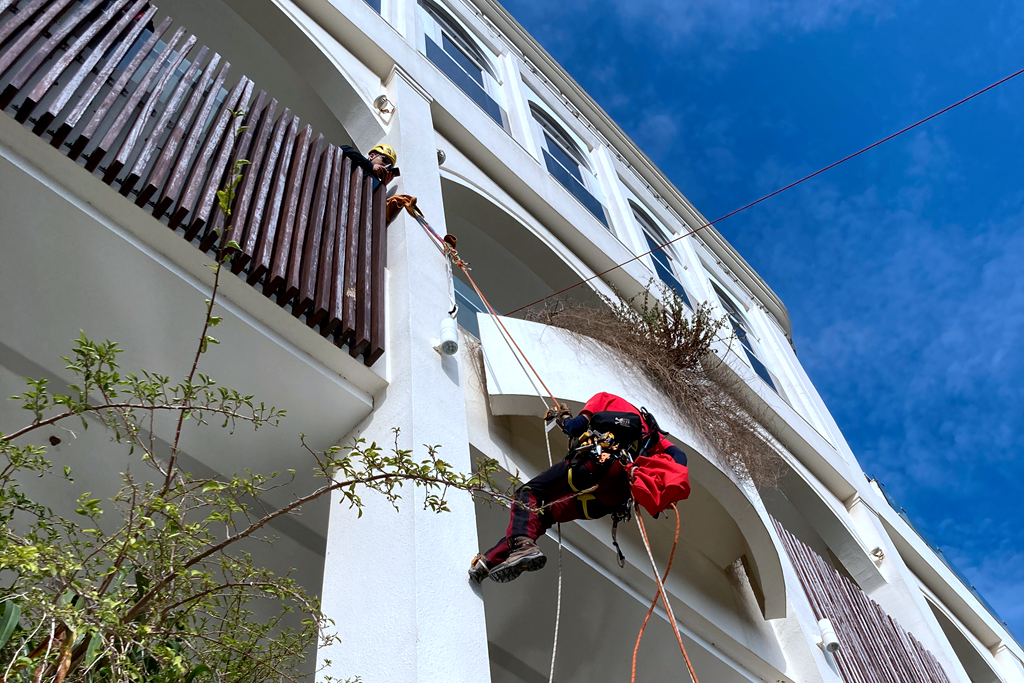Terratribes Articles

Confined space programs and permits: what is missing?
Edited by by Jim Johnson (D2000safety.com); photos by Terratribes
Confined space rescue is normal rescue + much more.
The purpose of a confined space (or any) written safety program is to guide behavior. When trained on the policy, workers are expected to make the right decisions and work in a safe manner.
Workers need to make many decisions before entry. An entry procedure will ensure they are making the right ones.
(Developing and maintaining an effective confined space program are one of the main topics addressed in our Confined Space Train the Trainer classes.)
The challenge many workers face is trying to ensure that, when planning a confined space entry, their decisions align with the location's program and policies. In other words, the written program is a comprehensive document that covers many topics, some of which may not be well-defined. On the other hand, the space they are planning to enter is very well defined and requires the workers to take specific actions to ensure safety.
When required to complete an entry permit, how can workers ensure that the entries they make on the permit reflect all the requirements of the location's program?
One of the practices we recommend is to develop an entry procedure for each space. The procedure is the information bridge that connects the requirements of a written program to a specific space. When given a blank permit and a planned entry, the entry supervisor can then refer to the entry procedure to ensure that the program and best practices are reflected on the permit.
What information should a procedure include? Along with the identity of the space, we would include the following:
• Hazard Description: Entry permits usually have a checklist of possible hazards. The procedure would include a brief description of each hazard such as, "Slips/Trips: In wet weather, the floor of the vault may conceal tripping hazards," or "Engulfment: The engulfing material can be emptied from the outside of the silo." This level of information is more useful than simply checking a box.
• Isolation Procedures: This section would list the specific isolation steps that the workers must take to prevent the release of hazardous materials or energy and ways of ensuring that these steps have been completed.
• Ventilation Procedures: Once the air quality has been established, this section would inform the team whether they needed to ventilate and a description of how to set up the ventilation system.
• Alternate Entry Procedures: If the space can be entered using alternate entry procedures, this section would describe the steps that must be taken.
• Rescue Pre-plan: The exact steps that the attendant must take in an emergency are listed here. Knowing what to do or not to do is essential information that should also be included on the permit.
• Equipment: A basic checklist of needed equipment is also information that needs to be included and reflected on the permit.
Some locations rely on cancelled permits to provide this information, and that's not a bad approach if the permits are archived and accessible. The problem is that if there are changes in the written program, those won't be reflected on old permits.
The confined space procedures, as a standalone document, would include recent updates to both the programs and they would also reflect any changes to the spaces. After each entry, the information on the procedures is validated and updated as needed.
Developing and maintaining written procedures is the best way that we know to ensure that the safety requirements specified in the program will guide the actions of the teams making the confined space entries.



